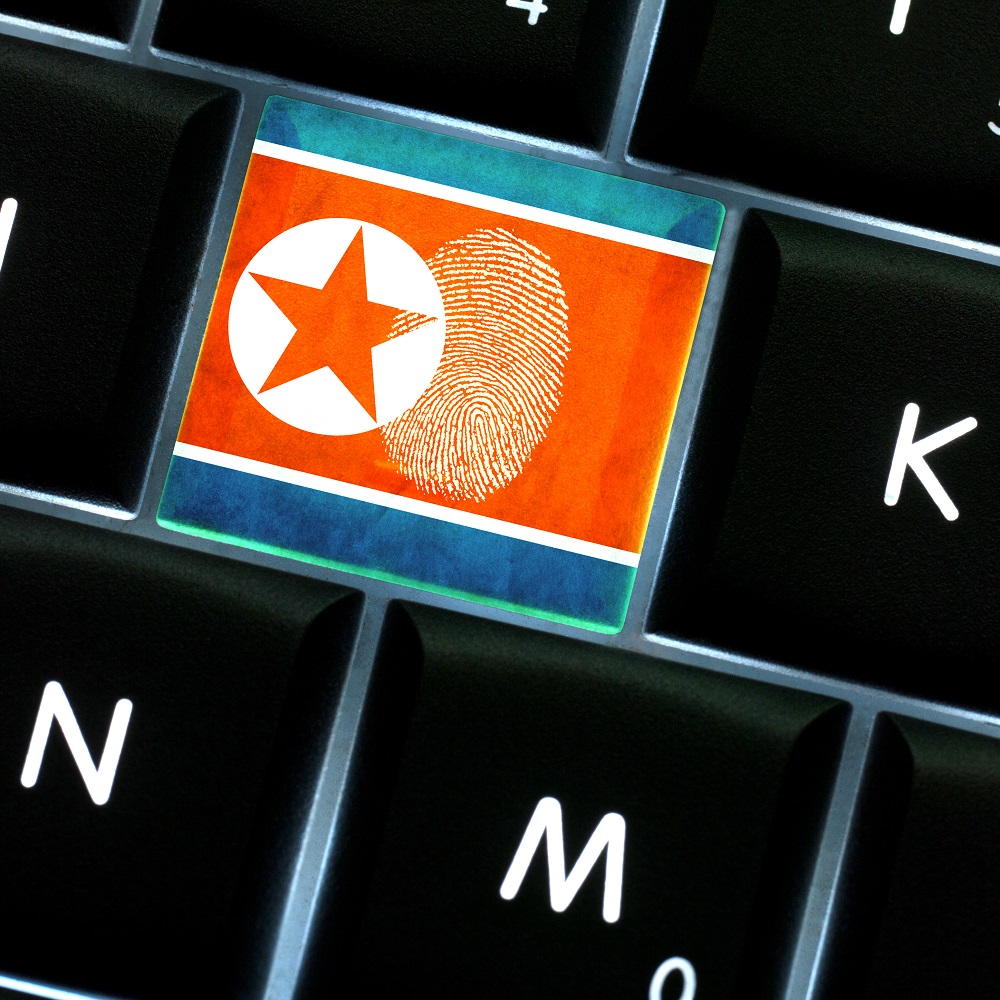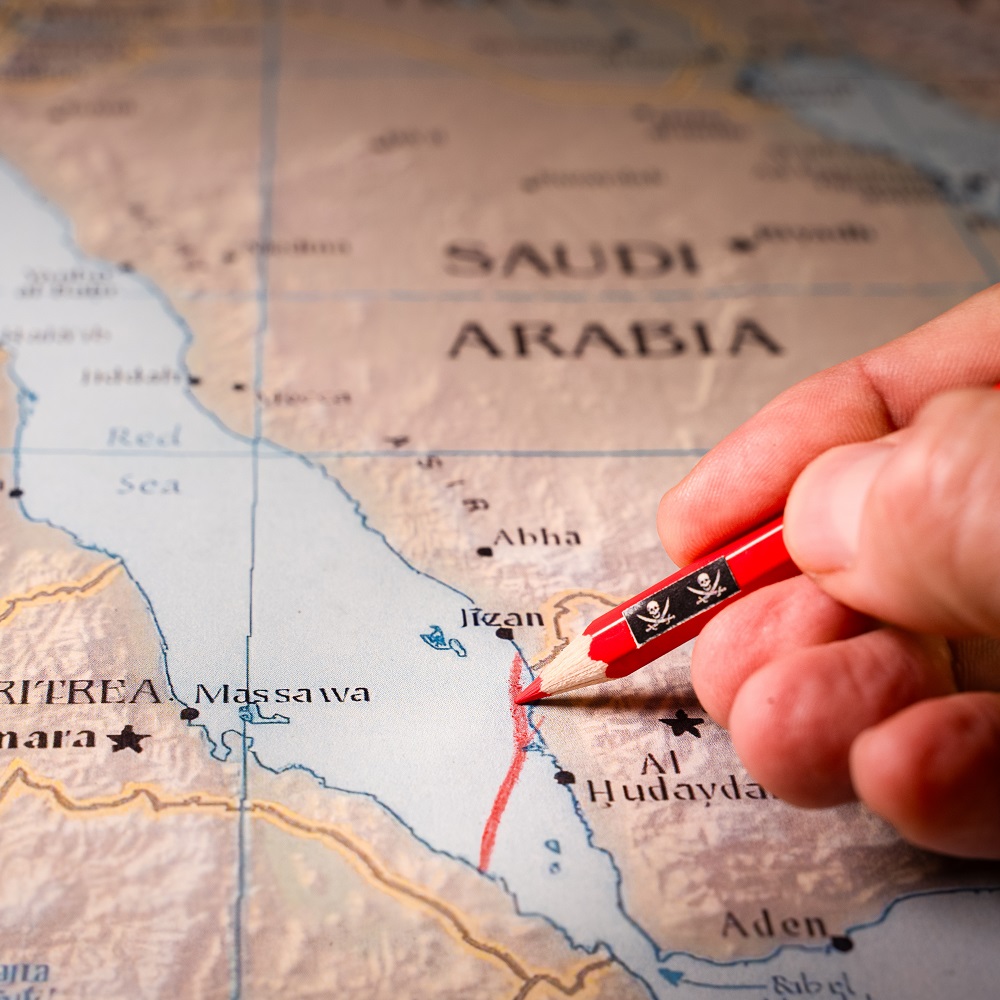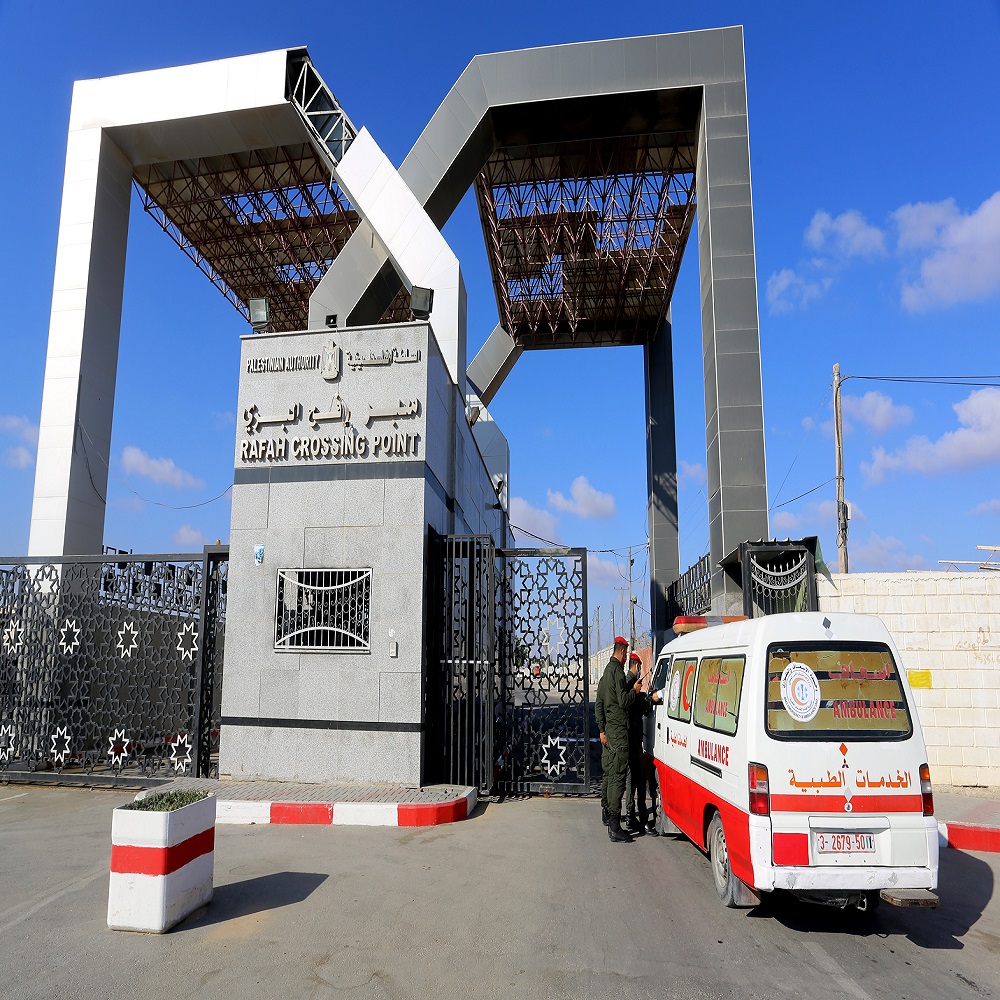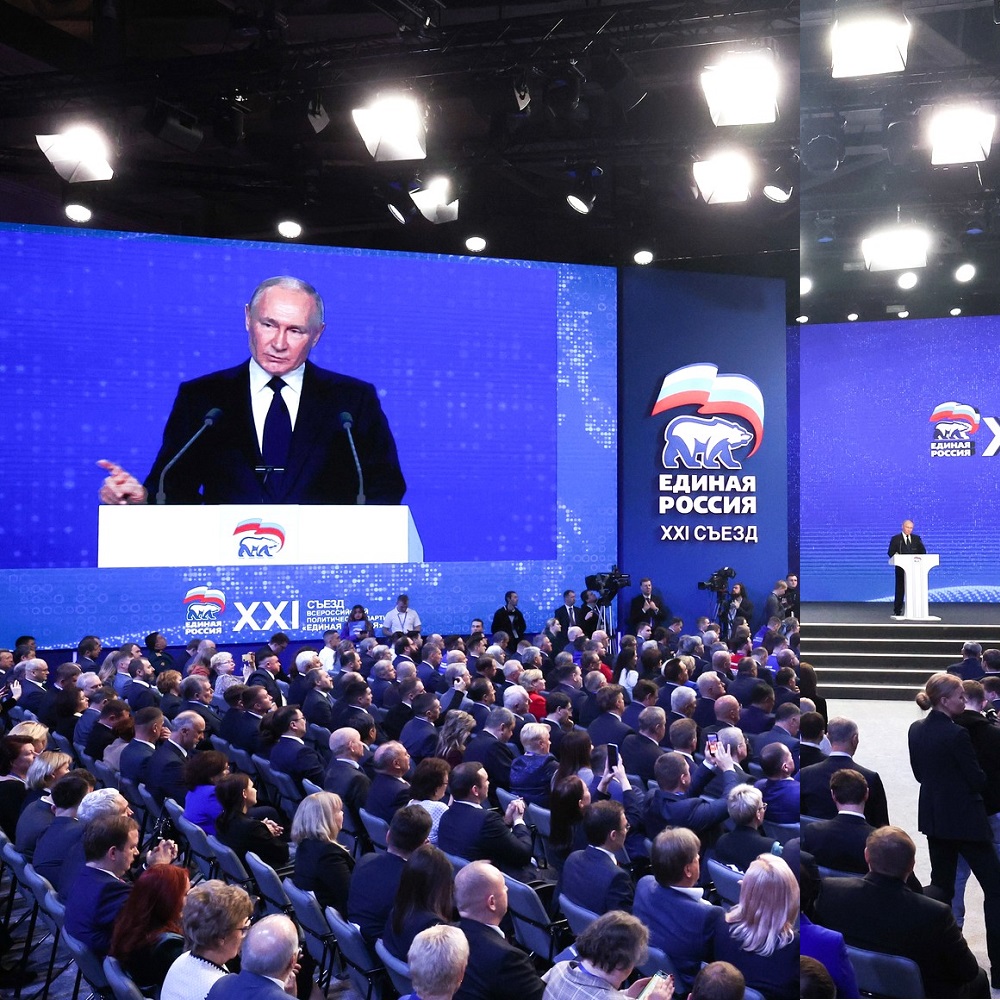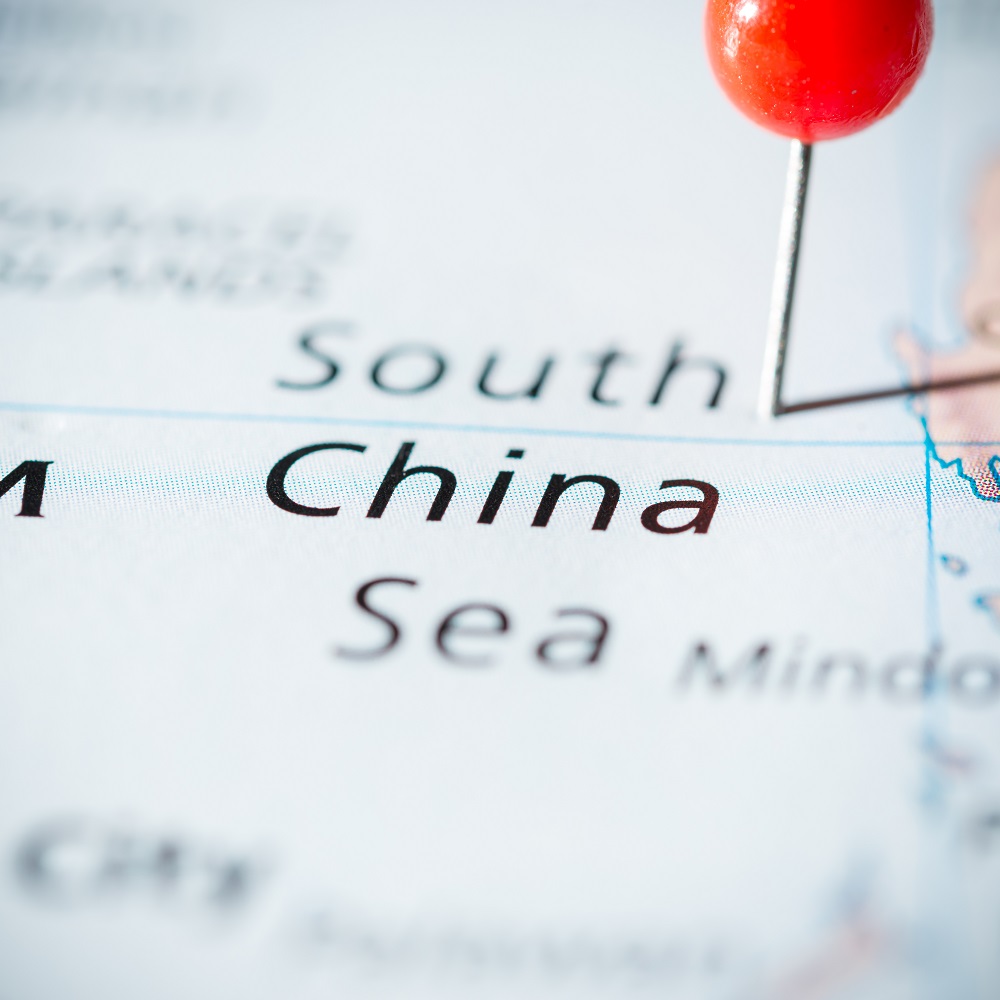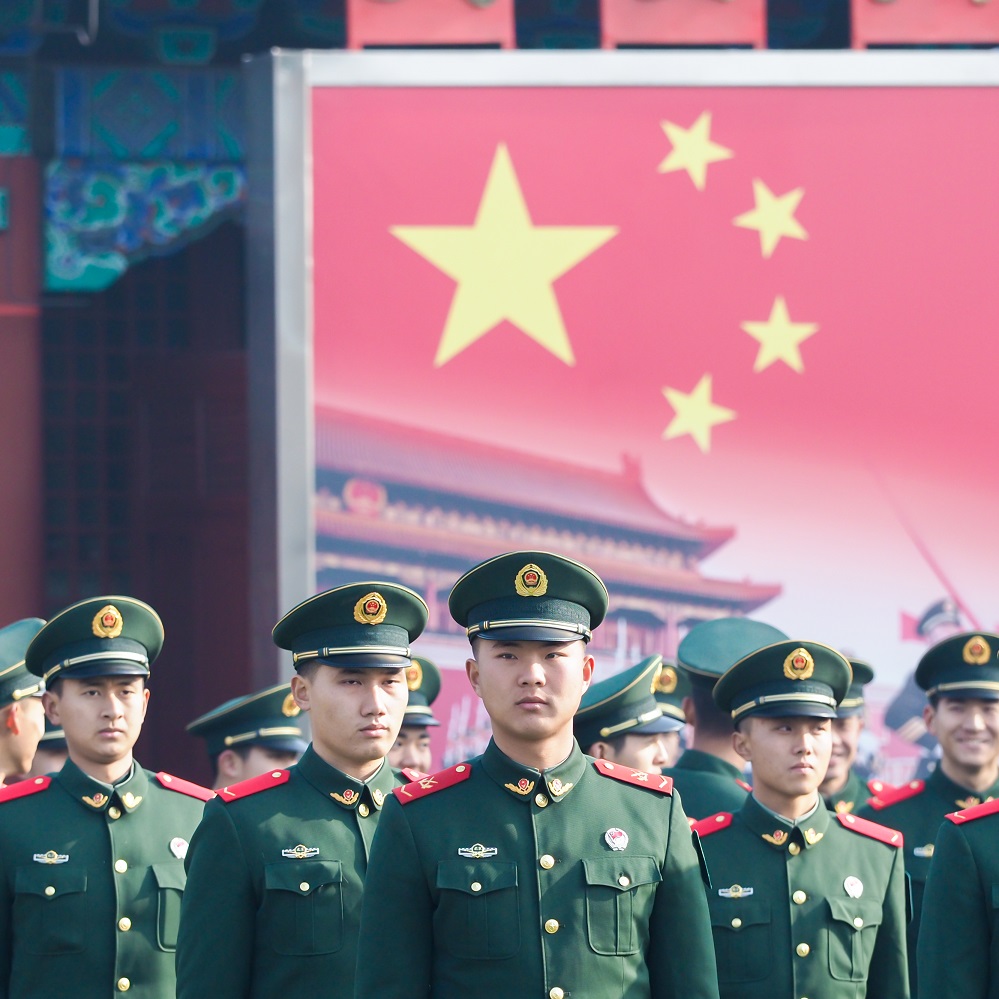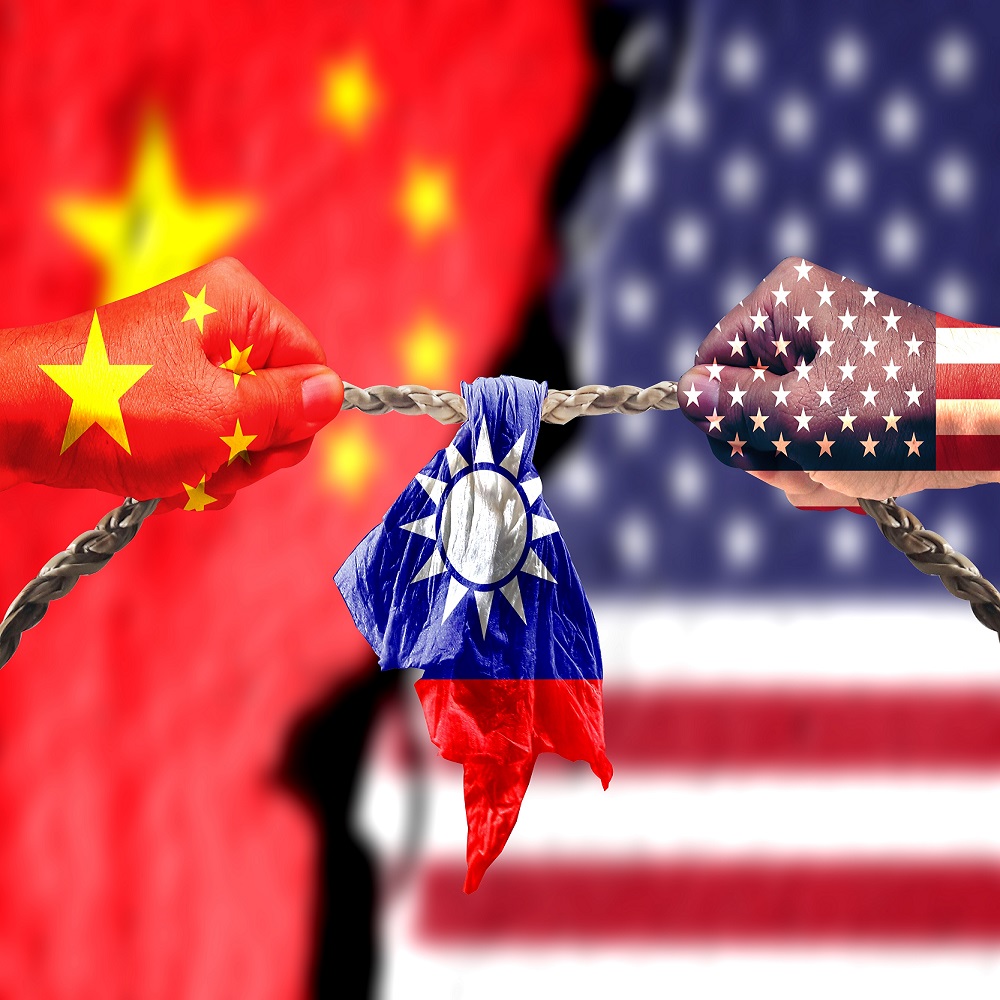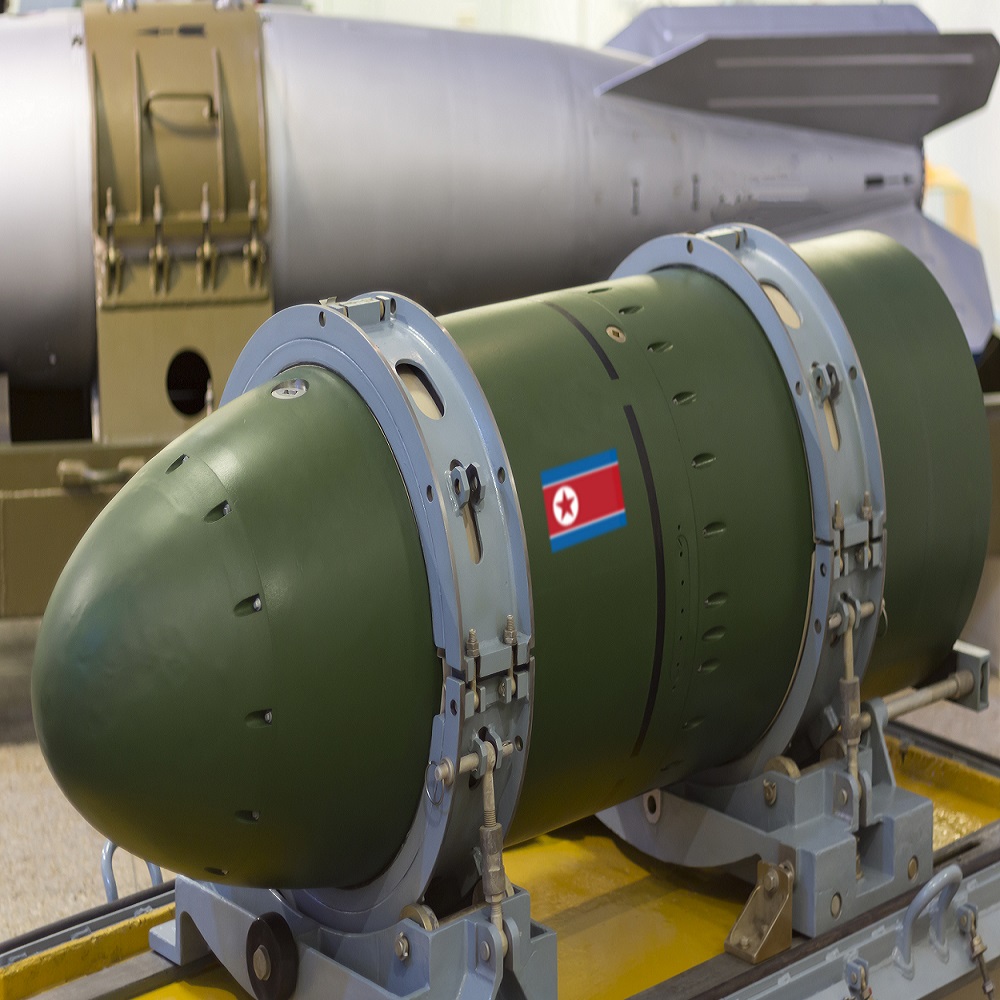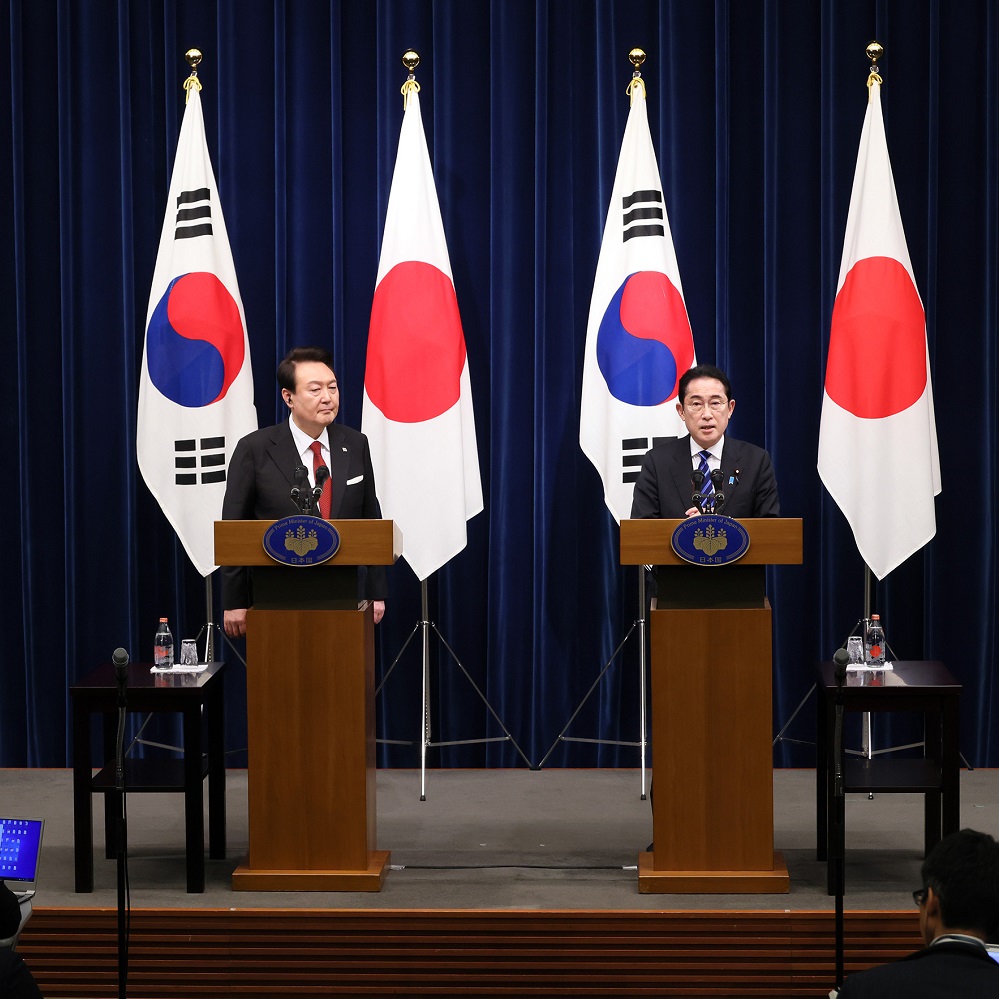
President Yoon is lauded in West for embracing Japan − in South Korea it fits a conservative agenda that is proving less popular
by Myunghee Lee
When South Korea President Yoon Suk Yeol broke out into an impromptu performance of the song “American Pie” at a gala White House dinner in 2023, it was more than just a musical interlude. It was symbolic of how on the big Indo-Pacific issues of the day, Washington and Seoul are singing from the same songbook. But so, too, is Japan. And for South Korea’s karaoke-loving leader, that means humming a different tune to predecessors on the international stage – and risking hitting a sour note back at home. Yoon, who took office in May 2022, has embraced closer ties with Japan, South Korea’s former colonizer, as part of an alignment with U.S.-led security cooperation in the Indo-Pacific region. It entails a more demanding stance toward North Korea’s denuclearization and a watchful eye on China and its increasing assertiveness in the South China Sea. The approach culminated in a historic Camp David summit in 2023 aimed at solidifying relations between South Korea and Japan. Such rapprochement with Japan has won Yoon plaudits in the U.S. But it has done nothing to improve his popularity back home. In South Korea there is growing disapproval of Yoon’s leadership. Critics point to an illiberal streak in his rhetoric and policies, which has included attacks on his critics and the media. It has, they contend, contributed to a worrying trend of democratic erosion in Korea. Yoon’s poll ratings are sinking at a time when his conservative party seeks control of parliament in elections slated for April 10, 2024. As scholars who study democratization and authoritarian politics and modern Korea, we are watching as these concerns grow in the run-up to the parliamentary elections. That vote will prove a test of the popular support for Yoon, his domestic agenda and his vision for South Korea’s more outward-looking international role. Japan is ‘now our partner’ Yoon struck a raw nerve in an Aug. 15, 2023, speech celebrating National Liberation Day in Korea, in which he affirmed the country’s partnership with neighboring Japan. He said the country’s former colonial occupier is “now our partner, sharing universal values and pursuing common interests,” and emphasized that “as security and economic partners, Korea and Japan will cooperate with a forward-looking approach, contributing to global peace and prosperity.” His remarks were met with public outrage, especially given their timing: National Liberation Day commemorates Korea’s liberation from Japanese colonial rule, which lasted from 1910 to 1945. The Japanese occupation was brutal, simultaneously exploiting Korean women – as evident in the use of so-called “comfort women,” or military sexual slaves – and treating Koreans generally as second-class citizens, all the while pushing obligatory assimilation into Japanese civilization on the occupied population. Attempts by the Japanese colonial regime at erasing a separate Korean identity and culture – this included banning the teaching of the Korean language and coercing Koreans to adopt Japanese names, along with the violent suppression of independence movements – left deep scars on the collective Korean psyche. For many Koreans, watching their country join Japan in a trilateral partnership with the U.S. is too much to accept. Emergence of pro-Japan voices Yoon and his conservative administration’s foreign policy goals are based not on nationalism but on what has been described as “a value-based alliance” with Washington. This stance is at odds with the nationalist focus often seen in the right-wing politics of other countries. Indeed, in South Korea it is the political left that increasingly identifies with a form of nationalism. Meanwhile, the “New Right” in South Korea has correspondingly embraced an anti-nationalist stance, specifically attacking anti-Japanese sentiment. Since the early 2000s, Korean conservatives have increasingly distanced themselves from nationalism, particularly of the anti-Japanese variety. If, as theorists such as Ernest Gellner have argued, modern nationalism is based on the presumed unity of state and nation, political developments in Korea since 1980 have destabilized this relationship. After the bloodshed of the Gwangju Massacre in 1980, during which the state killed hundreds of its own citizens, leftist nationalists argued that the South Korean state was neither the representative or defender of the Korean nation. Rather, they saw the South Korean state’s inheritance of institutions and personnel from the Japanese colonial government, alongside the hegemonic presence of the United States in Korea – characterized as “neocolonial” by some – as diluting the state’s nationalist credentials. In contrast, conservatives defended the South Korean authoritarian state’s legitimacy and its legacies. They argued that authoritarian rule was responsible for the rapid economic growth that allowed South Koreans to live in prosperity. As part of their defense of Korea’s legacy and attack on a political left increasingly identified with nationalism, conservatives embraced an anti-nationalist stance, specifically attacking anti-Japanese rhetoric. This has involved downplaying the negative effects of Japan’s colonial rule in Korea between 1910 and 1945 and even rejecting the validity of Korean comfort women testimonies. One additional motivation for conservatives has been to justify the achievements of right-wing heroes such as former dictator Park Chung Hee. Park, who has been credited with jump-starting Korea’s economic growth, has been castigated by nationalists as a pro-Japanese collaborator due to his having been trained in the Manchurian and Japanese military academies during the 1940s. Starting around the turn of the century, there has been a gradual increase in the frequency and intensity of pro-Japan voices. Far-right organizations, such as the Republic of Korea Mom’s Brigade, have since the 2010s organized rallies in defense of Japanese colonialism. More recently, far-right groups have systematically disrupted so-called Wednesday Demonstrations – a protest that has been continually held for over 30 years in front of the Japanese embassy in Korea to demand that Japan address the comfort women issue. In a 2019 bestselling book, conservatives even attacked anti-Japanese nationalism as a form of “tribalism” on the left. It is in this context of the growing prominence of pro-Japan voices that Yoon, in a 2023 interview with The Washington Post, expressed that he “could not accept the notion that Japan must kneel because of what happened 100 years ago. Attacks on critics and fake news Yoon embodies this reorientation of Korean conservative ideology and foreign policy that rejects nationalism in favor of closer relations with Japan, especially in the context of alignment with the U.S. against the threat of North Korea and China. The approach has seen Yoon embraced by American policymakers. Yet his popularity at home has fallen from an approval rating of above 50% in mid-2022 to 29% at the beginning of February 2024, although it has since picked up a little. At first glance, his foreign policy seems to support liberal and democratic values. However, in domestic matters there has been growing concern that his rhetoric and policies reflect an illiberal character. Examples include labeling his opponents as “communists” and attacks on the media and “fake news.” This is perhaps unsurprising; the nature of Korean conservatism is deeply rooted in authoritarianism. The Biden administration is keen to present Yoon differently – as an ally, along with Japan, in the protection of Asia’s democracies. But this says more about a U.S. foreign policy that centers China as a threat than it does Yoon’s actual commitment to democratic freedoms. To a South Korea audience, however, Yoon’s position on Japan only adds to general concern over his illiberal tendencies ahead of April’s vote – the first general parliamentary elections during Yoon’s tenure. Editor’s note: The article was updated on March 7, 2024 to clarify Park Chung Hee’s World War II record.









